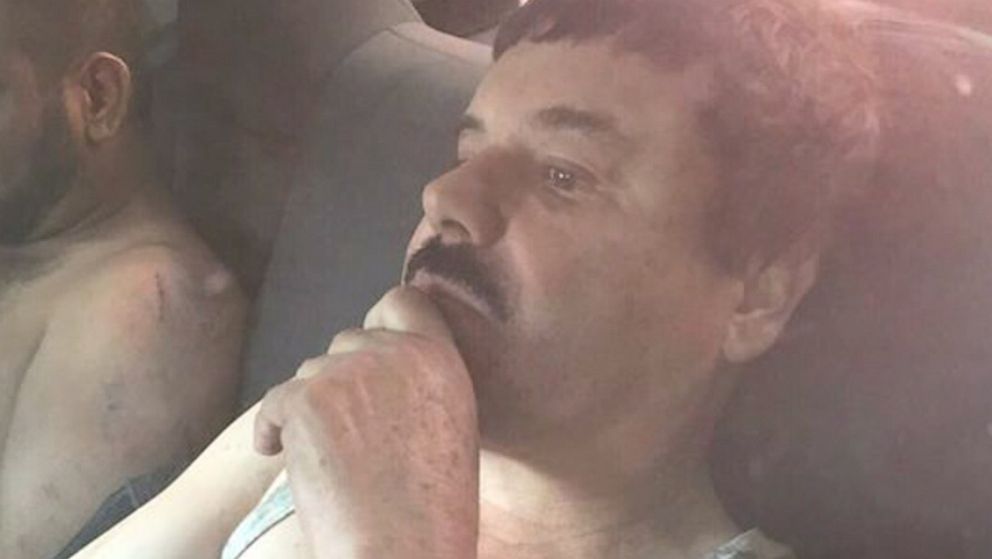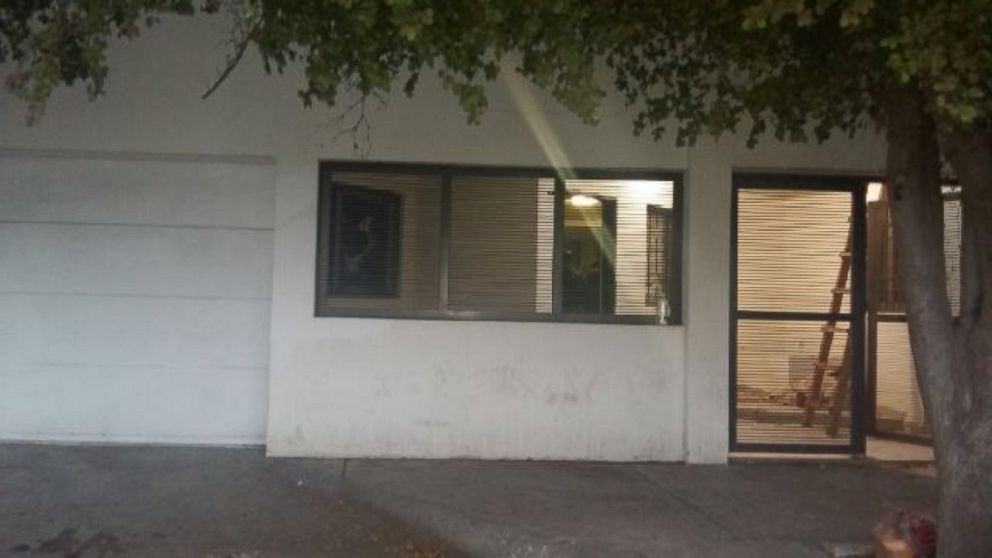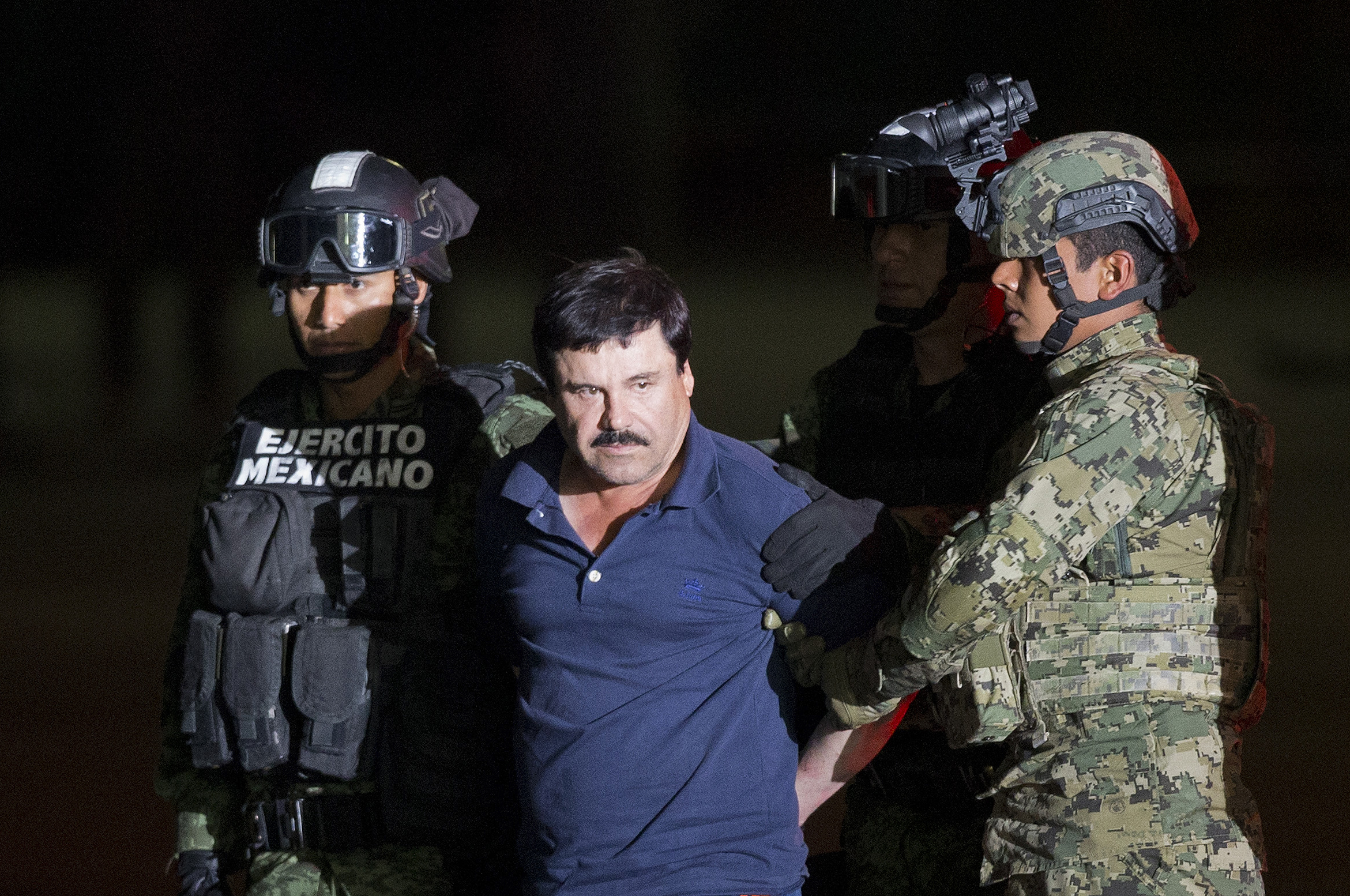'El Chapo' Guzman's Desire to Make Biopic Helped Lead to His Capture
Drug kingpin intended to have a biopic made, says Mexican official.
— -- The desire to have a movie made about his life helped Mexican authorities capture drug kingpin Joaquin "El Chapo" Guzman, who had been on the run since his Hollywood-esque prison escape last summer.
Mexico’s Attorney General Arely Gomez said Friday the head of the Sinola Cartel intended to make a biopic and his people talked with actresses and producers about it. The development eventually helped authorities track Guzman, 57, to Los Mochis, the coastal city in northern Sinaloa, Mexico, where he was captured.
She said Guzman will be taken back to the maximum security prison in Altiplano, where he escaped from last July using an elaborate tunnel dug into his shower stall. Gomez made no mention of possibly extraditing him to the United States, which had filed requests for extradition before his escape.

Authorities tracked Guzman to Los Mochis through a person in his inner circle who built tunnels for the drug kingpin, said Gomez. On Friday, authorities launched on a home where Guzman was and were met by heavy gunfire. Five gunmen were killed and six others arrested. A member of the Mexican Navy was wounded.
During the confrontation, Guzman and his chief of security, Gastelum Avila escaped using the city’s drainage system, said Gomez. The two exited through a manhole cover and drove off.
Since the Navy was around the area -- and after hearing reports of stolen cars -- authorities managed to locate the vehicles and detain both Guzman and Avila, she said.
“The re-apprehension of this criminal and his accomplice is the result of a deep work of intelligence, investigation and coordination between the different institutions of security of the government,” said Gomez.

Gomez said Guzman escaped a previous attempt to capture him in October when the Mexican special forces decided not shoot since he was with two women and a girl.
Following her news conference, Guzman was walked by police in front of media at an airport in Mexico City and then was placed in a helicopter bound for Altiplano.

Guzman escaped from the prison near Mexico City on July 11 and there had been a manhunt for him since.
When guards realized he was missing, they found a ventilated tunnel had been constructed and had an exit via the shower stall inside Guzman's cell. The tunnel extended for about a mile underground and featured an adapted motorcycle on rails that officials believe was used to transport the tools used to create the tunnel, Monte Alejandro Rubido, the head of the Mexican national security commission, said in July after Guzman's escape.
Guzman had escaped before from a prison stint, also using a tunnel.
Anne Laurent, Benjamin Stein, Matthew Foster and The Associated Press contributed to this report.




